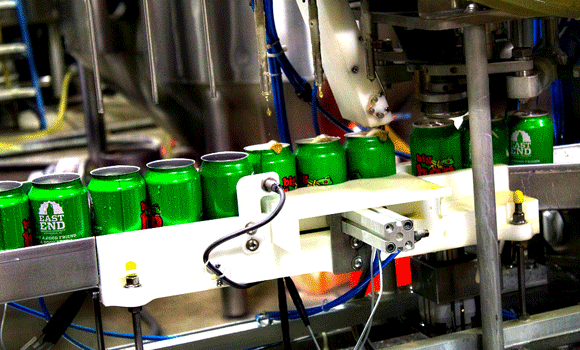Pittsburgh has two Big Bens. One led his team to Super Bowl history on Sunday. The other one–named after the Steelers’ celebrated quarterback–executes some of the scientific world’s most demanding equations at the Pittsburgh Supercomputing Center–one of six National Science Foundation-funded centers devoted to the world’s most awesome machines for large-scale scientific computation.
The better-known Ben’s scientific namesake and the team around it–as well as the PSC’s squad of world-class computational machines (each sporting names known for world-class performance, such as Lemieux, Warhol, Salk, and Pople)–were the highlight of an Open House last week. There, visitors learned that in its 22 years of operation, the center has also built and continues to supply the talent needed to create the machines and software that tackle some of the world’s most complex equations for researchers.
Through an alliance between Carnegie Mellon University, the University of Pittsburgh, and Westinghouse, the Pittsburgh Supercomputing Center staff offers university and industry scientists and researchers resources to analyze vastly complex problems that require quadrillions of computations, such as the realistic simulation of variations in soil vibrations across the Los Angeles basin during a magnitude-7.8 earthquake.
Among recent projects, the PSC is supporting CMU and Pitt in aconsortium of 23 universities developing the world’s largestastronomical survey telescope and largest digital camera, and alsoapplying its supercomputers to support the Pitt Graduate School ofPublic Health’s project to identify vaccine strategies for responses tooutbreaks of infectious diseases, which received a $10 million grantfrom the Bill and Melinda Gates Foundaion.
Machines like Big Ben–a Cray XT3 MPP machine with 2,068 computing nodes and 4,136 processors and the brainchild of the Center’s 25-member team of advanced computing systems architects–provide, “a computer center for the nation’s scientists and researchers who are attempting to solve very large-scale problems, whether predicting the effects of an earthquake or modeling the collision of galaxies,” says Cheryl Begandy, PSC manager of outreach.
Source: Pittsburgh Supercomputing Center, Cheryl Begandy
Writer: Joseph Plummer
To receive Keystone Edge free every week, click here.

